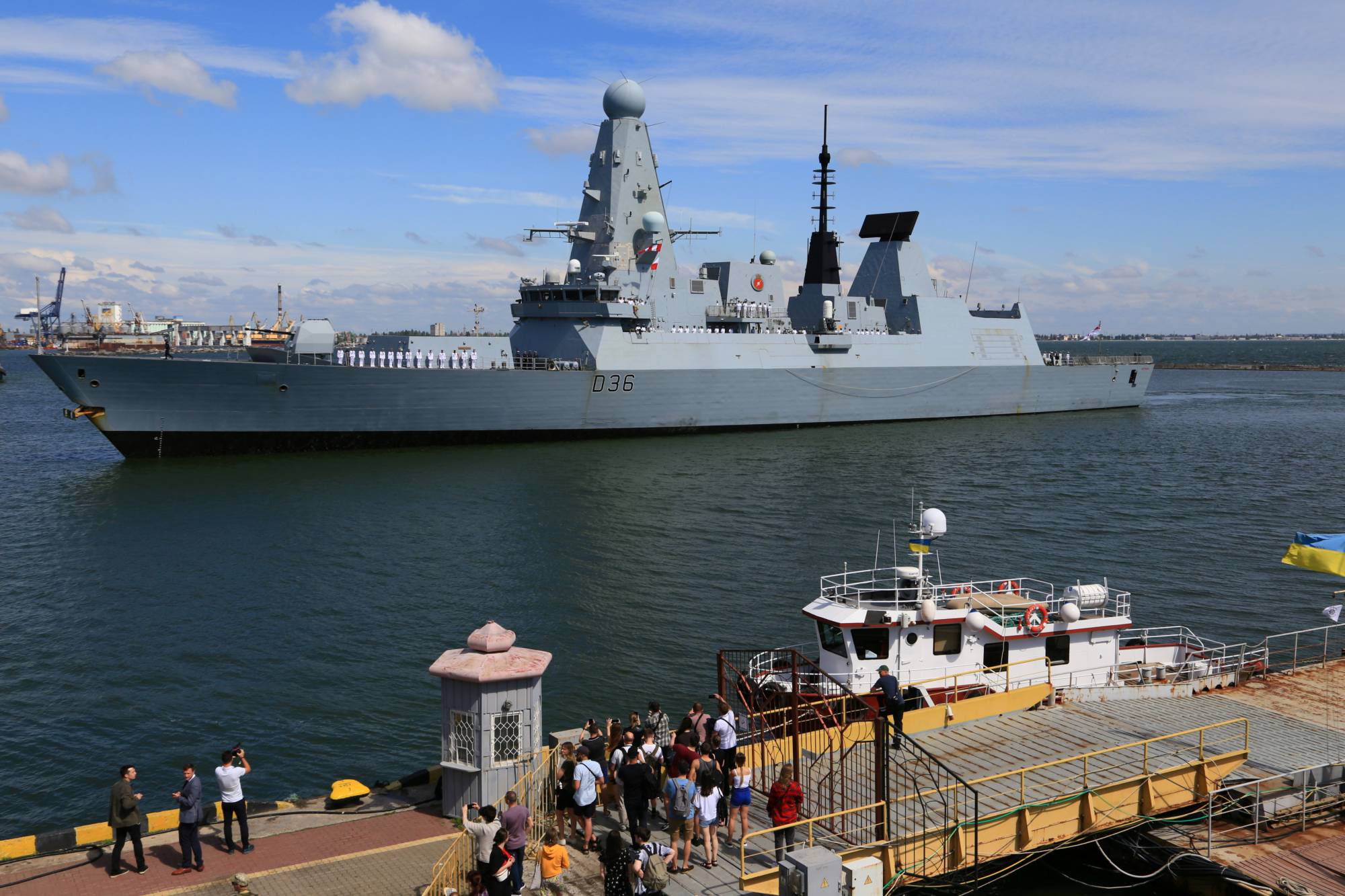Since the Ukraine conflict in 2014, clashing worldviews have become deeply ingrained among NATO and Russian policymakers, and distrust is the default mindset.
We are witnessing a new kind of confrontation that is fraught with military risk. As we approach another “autumn exercise season” — with key events such as Russia’s Zapad-2021 and NATO’s Ramstein Alloy and Joint Warrior — there is an urgent need to mitigate the danger that training exercises become a flash point for conflict.
To be sure, a major-power rivalry with a strong military component is nothing new. In the past, it was the principal and decisive factor shaping and reshaping the political map and the international system. Today, military rivalries are one factor among many forces driving geopolitics, operating alongside economic development and technological prowess.



